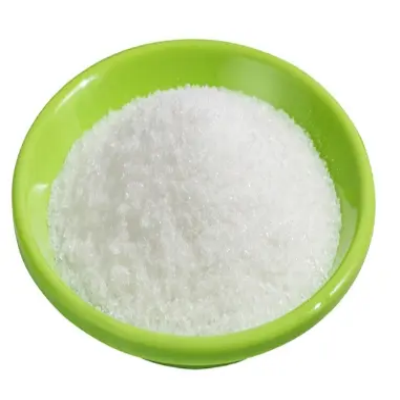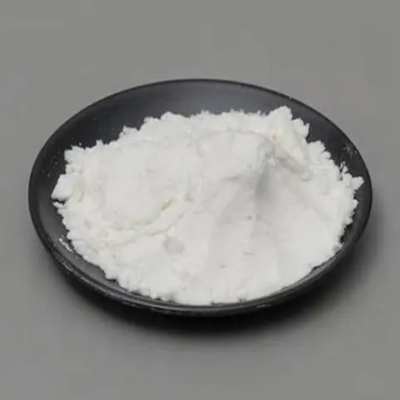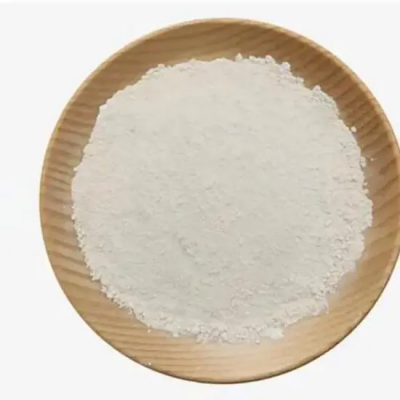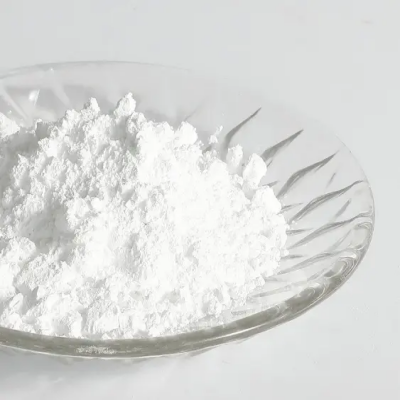1,10-Dichlorodecane CAS:2162-98-3
1,10-Dichlorodecane (C10H20Cl2) is characterized by its two chlorine substituents located at the terminal carbons of a decane molecule. This structural configuration categorizes it as a vicinal or geminal dihalide, which significantly influences its chemical properties. The presence of two halogen atoms increases the overall reactivity of the compound compared to mono-halogenated alkyls. It appears as a clear, colorless liquid, possessing a higher boiling point than many shorter-chain chlorinated compounds due to increased molecular weight and intermolecular forces. The synthesis of 1,10-dichlorodecane can be accomplished via several methods, including the direct chlorination of decane under controlled conditions or through the reaction of decanol with chlorinating agents like phosphorus pentachloride (PCl5) or thionyl chloride (SOCl2). These synthetic approaches facilitate the efficient production of 1,10-dichlorodecane for laboratory and industrial use. In organic chemistry, 1,10-dichlorodecane serves as a significant building block for synthesizing more complex molecules. The dual chlorine functionality allows it to participate in nucleophilic substitution reactions, where the chlorine atoms can be replaced by a variety of nucleophiles. This aspect makes it invaluable in developing pharmaceuticals, agrochemicals, and specialty chemicals. Moreover, its long hydrocarbon chain gives 1,10-dichlorodecane useful properties in formulating surfactants and emulsifiers. The hydrophobic regions promote effective wetting and dispersing actions in applications ranging from detergents to personal care products. When handling 1,10-dichlorodecane, stringent safety measures are essential due to its flammability and potential health risks associated with exposure. Appropriate protective equipment should be utilized, and safety protocols must be strictly followed. In summary, 1,10-dichlorodecane is an important compound that plays a vital role in various fields of chemistry, demonstrating significant applicability in both research and industrial processes.



| Composition | C10H20Cl2 |
| Assay | 99% |
| Appearance | white powder |
| CAS No. | 2162-98-3 |
| Packing | Small and bulk |
| Shelf Life | 2 years |
| Storage | Store in cool and dry area |
| Certification | ISO. |









